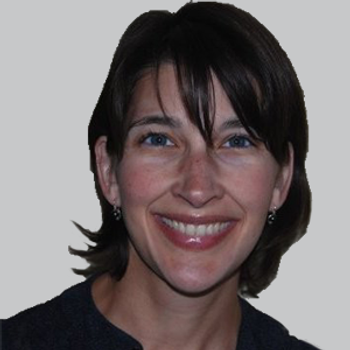
Understanding Headache Essentials for General Neurologists: Susan W. Broner, MD
The medical director of the Weill Cornell Medicine Headache Program discussed key essential knowledge on the diagnosis, treatment, and pathophysiology of different headache types. [WATCH TIME: 6 minutes]
WATCH TIME: 6 minutes
"With many headache disorders, whether they're primary disorders or post traumatic headaches, often patients look normal. In other words, they don't have external signs of a neurological condition although they may. I think that makes a lot of the headache disorders invisible to other people and a lot of patients who experienced them feel invisible.”
Headache is a common symptom in patients and research shows that headache disorders collectively are among the most common of nervous system disorders. In one prior study, findings showed that nearly half of the general population experienced headache.1 This condition impacts patients of all stages of life, different races and socioeconomic status, and is more common among women. Some patients experience headache that are extremely debilitating and have a significant impact on their quality of life, which can generally impose large costs to healthcare systems and the economy indirectly.
According to a previous article published in British Journal of Pain, only a small amount of headache disorders require a headache specialist’s input.2 In the article, the literature showed that a majority of headache disorders can be effectively treated by a primary care clinician or generalist with an accurate clinical diagnosis that would require no further investigation. Primary headache disorders, including migraine, tension headache and cluster headache, account for nearly 98% of all headache in patients. Secondary headache are also important to recognize among patients for general neurologists as they are serious and may be life threatening.
REFERENCES
1. Stovner Lj, Hagen K, Jensen R, et al. The global burden of headache: a documentation of headache prevalence and disability worldwide. Cephalalgia. 2007;27(3):193-210. doi:10.1111/j.1468-2982.2007.01288.x
2. Ahmed F. Headache disorders: differentiating and managing the common subtypes. Br J Pain. 2012;6(3):124-132. doi:10.1177/2049463712459691
Newsletter
Keep your finger on the pulse of neurology—subscribe to NeurologyLive for expert interviews, new data, and breakthrough treatment updates.


































